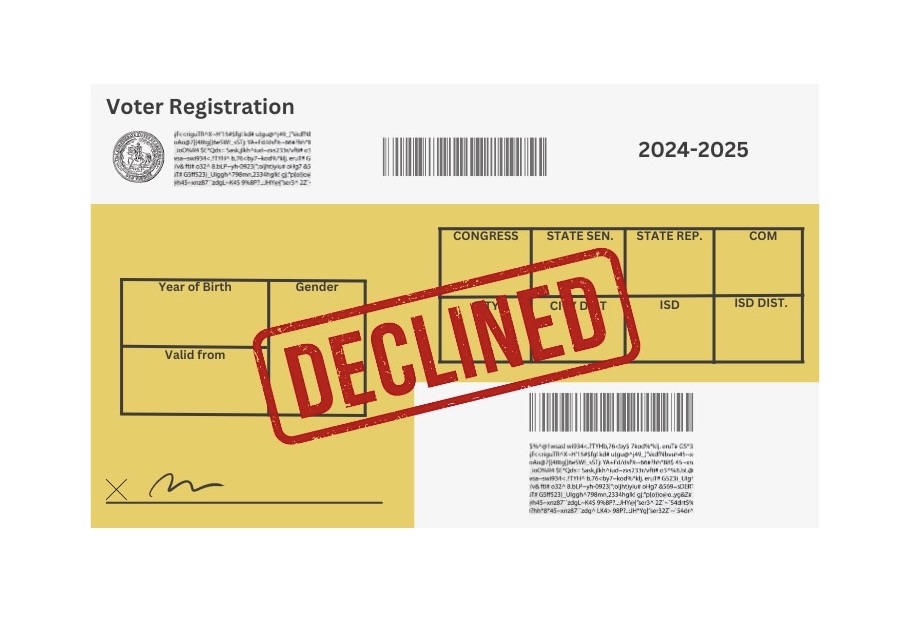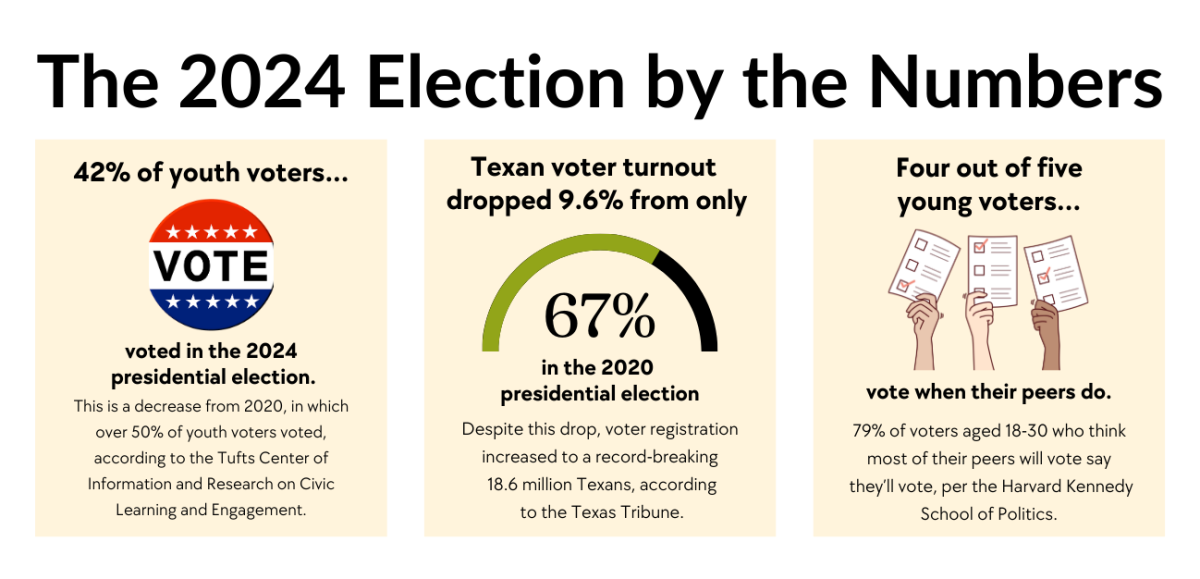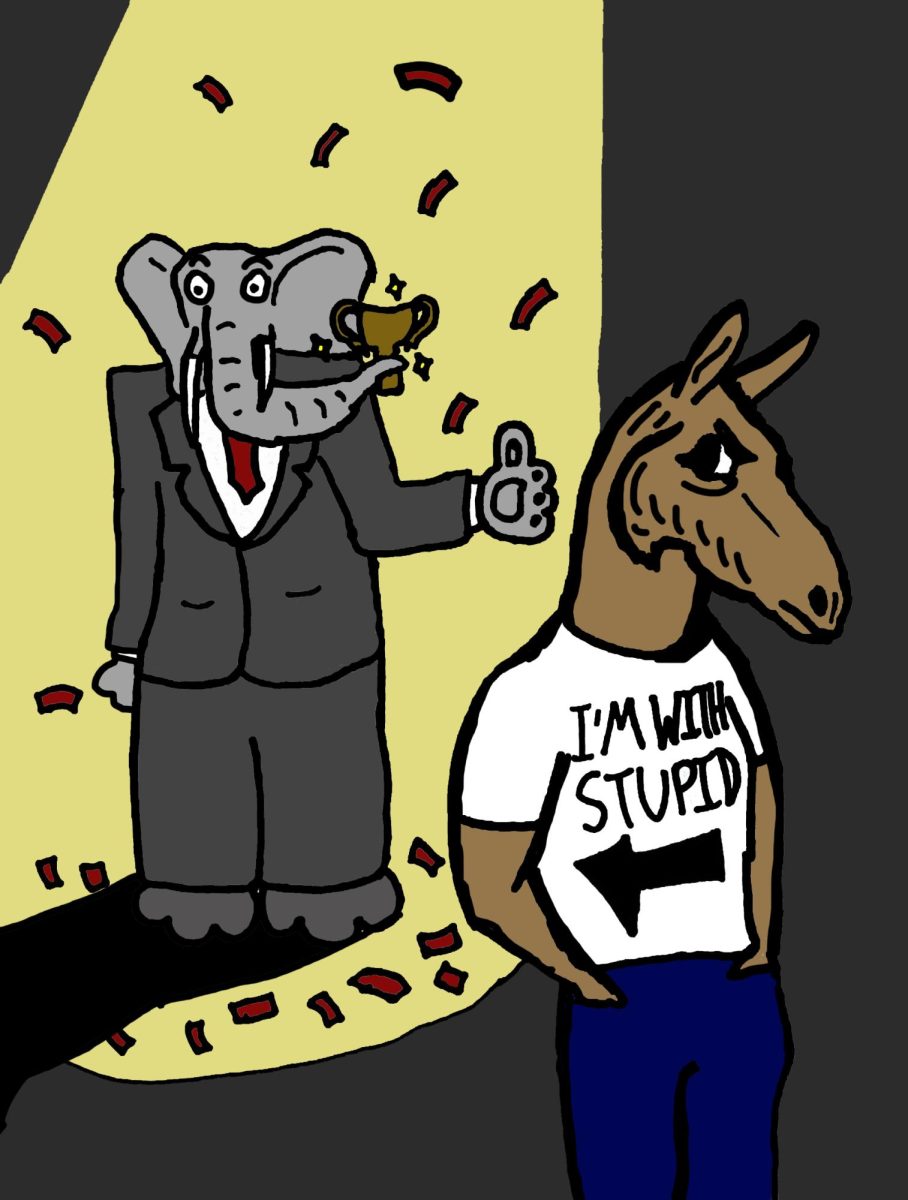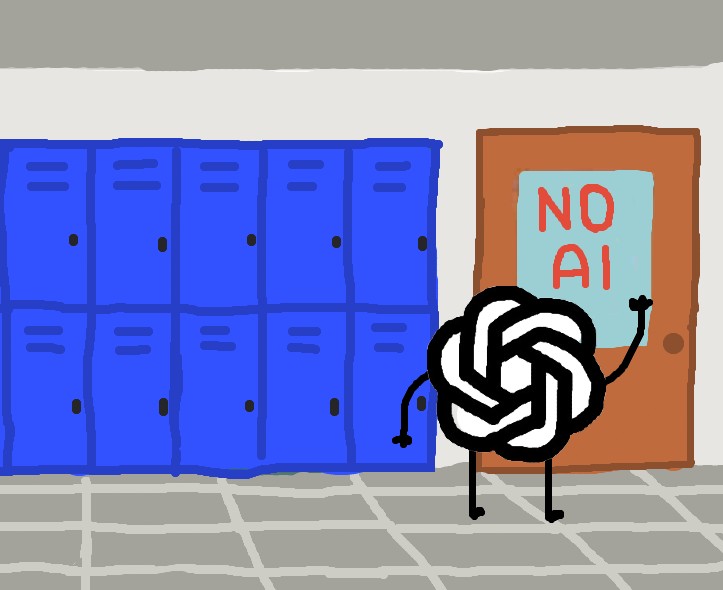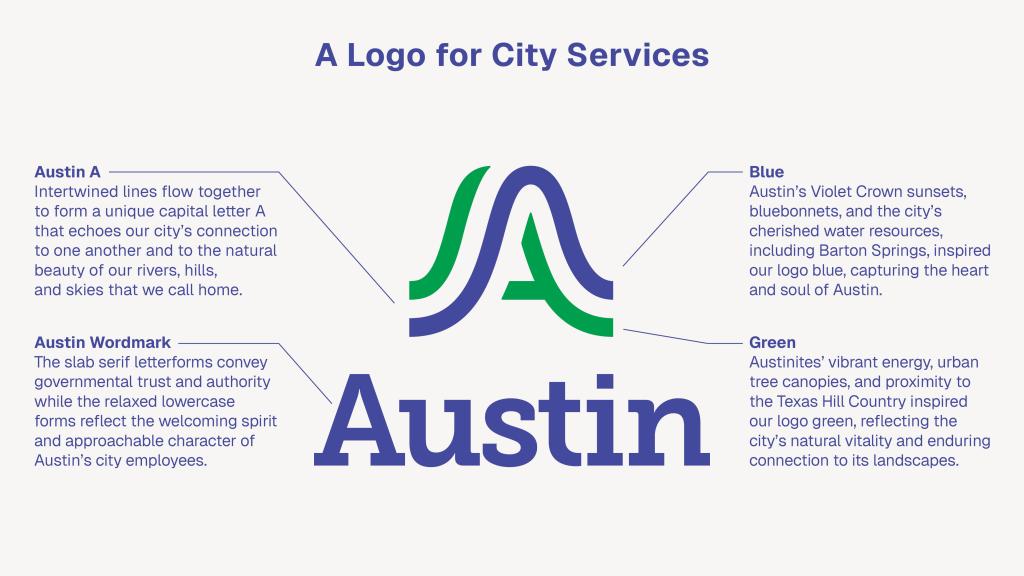I filled out the register-to-vote form exactly two months before my birthday. As a September-born Virgo, and technically out of my own resignation a summer birthday, the prospect of getting to vote was always one that thrilled me.
If Texas allowed online voter registration, I would have been registered on the spot, but Texas requires registration by mail, so instead of registering immediately, I signed my full name on the dotted line at the end of my voter form, added the date July 20, 2024, to the paper and stamped it with one single American Flag stamp, I tucked the form—the form I had waited 17 years and 10 months to send—safely in its envelope on my dining room table. But then my busy life got in the way, and the letter remained on that table, unmoved, for 32 days until I finally got around to sending it.
Texas, one of eight states that still employs the antiquated paper voter registration system, creates an extra and unnecessary step for its residents to cast their votes in elections. Saddled with one of the lowest voter turnout rates in the nation, according to the Texas Tribune, Texas has a registration process and voting procedure that are—if not impossible—so annoyingly inconvenient that they discourage new voters from voting by making the process take ridiculously longer than it should take.
As I checked my voter registration status online, after finally mailing the form, I saw a series of “NOT REGISTERED” on various websites. The giant red “X” next to my name indicated that my prospect of being a new voter was in doubt. When I finally did get my registration, my name was misspelled, something that would not have happened if I had entered my own name during an online registration process. Instead I had to go back to the beginning of the snail mail process. In this new generation of cellphones, smartwatches and artificial intelligence, the idea that I had to register to vote with pen and paper seems out of touch with my generation. At least I had the time and the resources to navigate the labyrinthine process. The difficulty of it obviously reduces the likelihood that new voters will make it to the polls this November. And that’s simply unacceptable.
The state needs to come up with a better system. In the 2024 presidential primary, 3.2 million Texans voted, way down from the 4.1 million voters who participated in the 2020 presidential primary election. In fact, Texas has been awarded the title of “most restrictive pre-registration law in the country,” according to the Tribune.
Wisconsin, Michigan, Connecticut and Illinois, just to name a few, have a policy that allows their voters to register and vote on the same day. Texas, on the other hand, requires voters to be registered by Oct. 7. This unnecessary deterrent disqualifies people from resolving issues with their registration, as I am having. These potential voters may not get their registration resolved in time. The lack of a voter registration card, or confirmation places stress on the voter, and requires considerable research to make sure everything is in order for Election Day.
Another issue facing voters in Texas, especially those unfamiliar with the system is mail-in ballots. Unless you qualify as disabled, incarcerated, pregnant, above the age of 65 or outside the county throughout the voting period, you are disqualified from being able to vote by mail.
For teens, the unpredictability of scheduling whether it be work or school, the possibility of a mail-in vote would create a sense of ease that no matter the circumstance your vote will be counted whether or not you can make it to the polls. Nearly 88% of California votes, according to the California Secretary of State website, are conducted by mail. That’s just one example of a state that allows for universal mail-in ballots and sees how that provision allows more citizens to vote efficiently without having to visit the polls.
Compare Texas, with its less than 50% voter turnout rate, to Minnesota, a state where over 80% of registered voters cast their ballots. With same-day voter registration, as well as less strict identification standards, the state sees the majority of its registered citizens voting. If Minnesota can simplify its process to enable voting and attract voters to the polls, why can’t Texas? The disparity raises troubling questions about why Texas has such a convoluted process.
While the possibility of voting early exists throughout the U.S., including in Texas, many voters will wait until Election Day and a certain percentage of those people will end up missing the vote.
In order for Texas to raise its voter registration numbers and low voter turnout numbers, the state needs to implement new methods that make it easier to vote.


